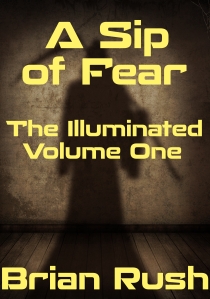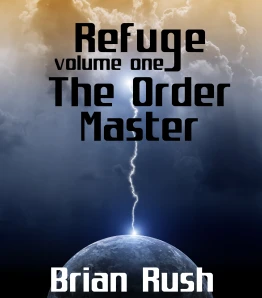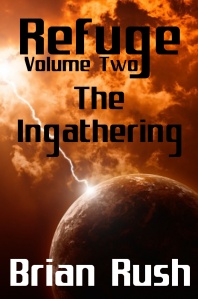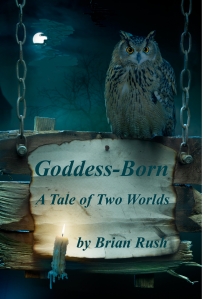Lisa Cohen has created a powerful and unusual faerie tale in The Between. I’m giving “faerie” that spelling because she does. This is a young-adult fantasy whose main character is a seventeen-year-old girl who is a changeling: a faerie child substituted for a mortal baby and raised in a mortal family. While the idea of the changeling is an old one, it’s also seldom been explored from the changeling’s own point of view, or the parallel fate of the mortal child stolen by the faeries considered.
All of that is gone into here as Lydia the changeling is summoned by the Bright Court and King Oberon to meet her destiny, and coincidentally provide an influx of magical power to the king in his struggle with his estranged wife Titania, who now heads the Shadow Court. But Lydia, still with half her mind in the mortal world, wants no part of the King’s manipulations or those of Titania, who would also like to avail herself of the fund of magic that Lydia represents. For it seems that Lydia isn’t just any old faerie. She is a “trueborn,” the child of two faerie parents, and trueborn children are rarely born. The fae have found it necessary to mate with mortals to continue their lineage, and these half-breed offspring are considered faeries, but Lydia, as the real deal, commands more power than the run of the mill fae does in these degenerate days.
Degenerate is a good word for faerie as the realm is described in The Between. There is little to admire about either Oberon or Titania, and only a bit more in some of their subjects. Lydia’s return to faerie threatens to trigger a war between the monarchs that will destroy all the faeries and indeed every living thing in the faerie realm, as the warring powers suck it empty of magic to fuel their conflict — that conflict itself being mostly a matter of spite, greed, and cruelty. Somehow Lydia must find a resolution to it all that will protect not just herself, but her new faerie friends, the realm of faerie itself, and her mortal family, against the overwhelming power and vindictiveness of Oberon and Titania.
The Between is a well-crafted story with lots of conflict and tension, an original plot line, and treatment of faerie that is new and original. I’d give it a good rating for that, and for the quality of the writing itself. It’s also well edited and formatted, which is not a given with an indie book.
Where I felt The Between fell a little short was in the development of its main characters. I finished the book without a real grasp on who Lydia was. I don’t know what kind of music she likes, what she talks about when she hangs at the mall with her friends, whether she’s ever had a boyfriend or been in love (even unrequited love), whether she has any artistic aspirations. I know that she’s athletically-inclined and likes to run, but not whether she competes in a sport or wants to do so. I know she wants to go to college, but not what she wants to study, and that she would like a car but not what kind she wants or why her parents don’t want her to have one. We get a somewhat superficial feel for who Oberon and Titania are, but not in any depth; the secondary faerie characters Clive (from the Bright Court) and Aileen (from the Shadow Court) are similarly revealed only in sketches.
This is a serious deficiency but not a killing one. The story is well worth reading for the power of the tale itself and the images of faerie, in its corruption and intrigue as well as its magic. It makes me want to read more of Cohen’s work, and I’ve bookmarked her on-line serialized science fiction story Derelict for future reading.
You can find The Between on Amazon.










